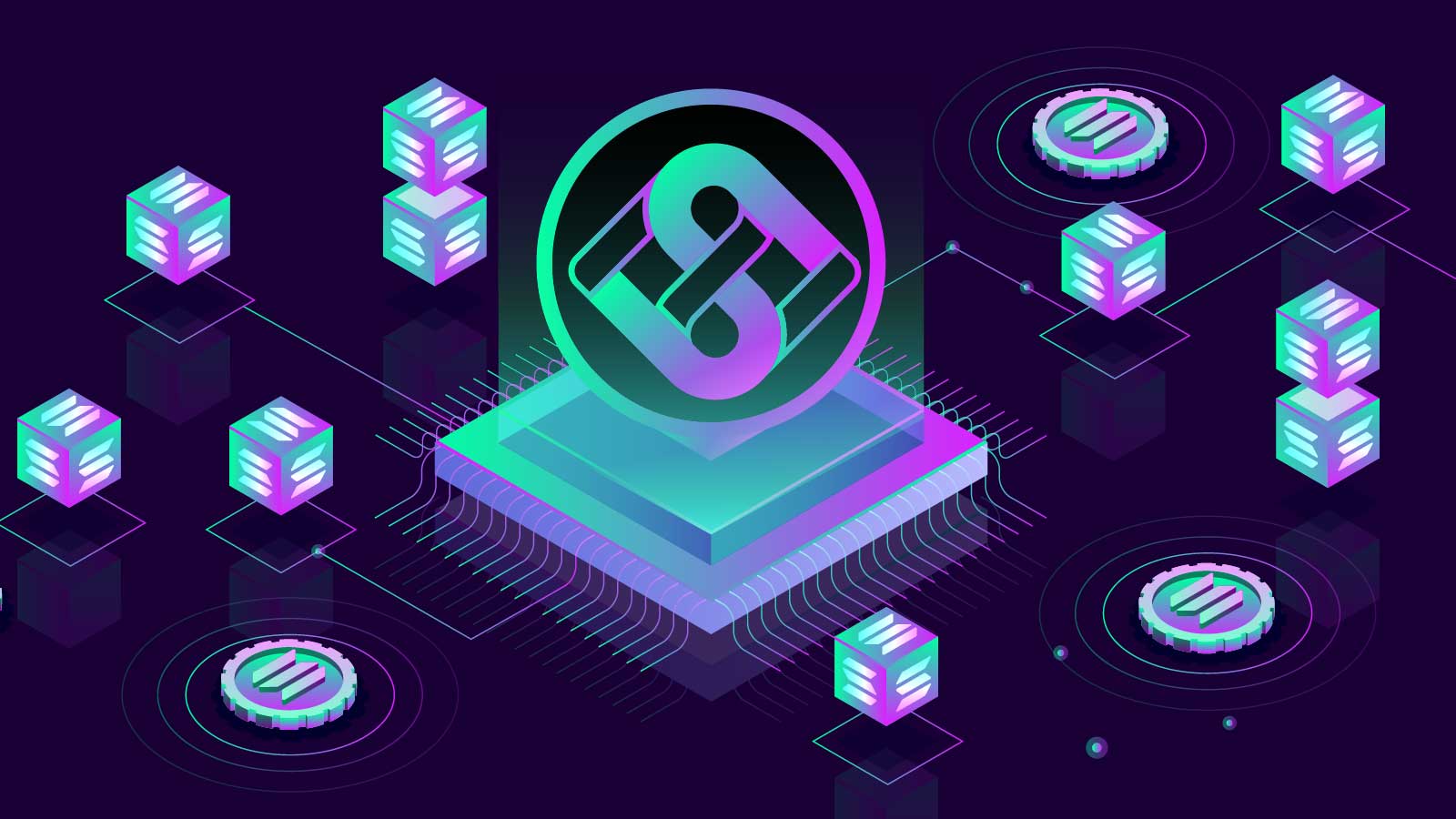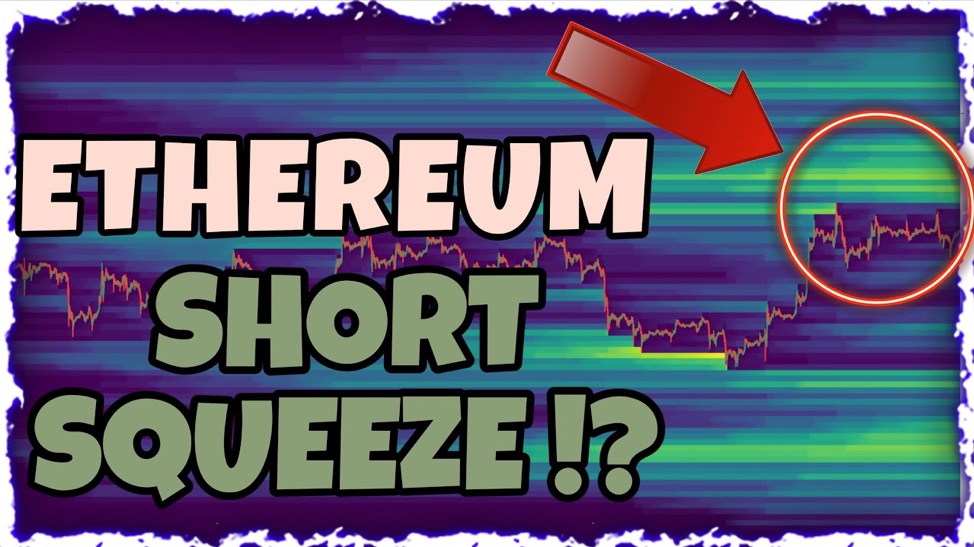Solana (SOL) is rising exponentially, bringing more investors onboard and many discovering this cryptocurrency.
Bitcoin (BTC) cannot always count on good days in the market. On the morning of Tuesday, August 17, the main cryptocurrency in the market operated at a drop of 0.84%.
But another cryptocurrency has done very well in the past seven days, up 64.45%. The Solana (SOL) cryptocurrency hit $70 at its highs and jumped more than 15% on Tuesday morning.
With the worsening of the crypto market sentiment, in the beginning of the afternoon, Solana (SOL) reversed its direction and started to trade in a fall of 2.26%, quoted at $ 65.45.
Solana protocol caught the attention of large US companies
In the last few days alone, the trading volume of the cryptocurrency Solana (SOL) has more than doubled, reaching more than $4 billion in just 24 hours.
Several funds are investing in projects for the Solana protocol and partnerships with developers should continue to grow.
Solana entered the top 10 for currencies by market capitalization, so funds began to buy and add to portfolios and portfolios.
The team behind Solana (SOL) seems to be very good at developing even more applications (second-tier solutions) with this coin that has great potential to continue rising and growing by DeFis.
Analyst who got Solana’s discharge right
The cryptocurrency analyst known as DonAlt, who nailed the rise of cryptocurrency Solana (SOL) and Cardano (ADA), highlighted in his official Twitter account that some tokens have great potential to print new gains for their investors.
Inverse head and shoulders on top of HTF cycle bottom support
Dunno man either someone is baiting big time or we’ll see trash coins have a decent rally
Would fit the bill given we’ve seen the biggest garbage do amazingly well in the NFT space pic.twitter.com/40ZypVvpW8— DonAlt (@CryptoDonAlt) August 11, 2021
DonAlt further points out that the indicated cryptocurrencies cost less than $1 dollar and therefore offer an investment opportunity for many people who often look at the price of Bitcoin (BTC) and get ‘dismayed’ when looking at its value and thinking that it will hardly be possible to buy 1 Bitcoin.
What is Solana (SOL)?
Solana is a highly functional open source project that draws on the blockchain’s unlicensed nature of technology to deliver DeFis solutions.
DeFis – financial products created within the Ethereum blockchain, which allow users to make loans, exchanges, trades, receive income on their assets or whatever else their imagination (and technology) allows them to create -.
Although the idea and initial work on the project started in 2017, Solana was officially launched in March 2020, by the Solana Foundation based in Geneva, Switzerland.
SOL’s blockchain also allows the creation of decentralized applications, called DApps.

Solana is considered a third-generation blockchain — like Cardano (ADA), Tezos (XTZ) and Polkadot (DOT) — that is trying to challenge traditional and centralized networks by improving and modifying the operational methods used by first and second tier blockchains — like Bitcoin and Ethereum.
One of Solana’s strengths is that it solves one of the biggest problems with cryptocurrencies: project scalability. In general, digital coins grow in a web similar to spider webs.
As they grow out to the sides, the tips start to get more brittle. In other words, the blockchain tends to become overloaded and transactions can take longer and ultimately the network can become more insecure over time.
To avoid this problem of growth, the most modern blockchains already have a system that prevents this endless scalability, creating kinds of “pockets” that prevent the ends from being unprotected.
Even cryptocurrencies like Bitcoin already have systems like Lightning Network, which control this problem.
Solana (SOL): Attention to market volatility
When we talk about cryptocurrencies, often what drives some asset to the hype is the promise of exorbitant gains in a short amount of time and not their ability to change the world.
So, double attention. Specialists continue to warn of the high volatility of the market, and when it comes to the DeFis protocols, the situation is even more delicate.
The return can be expressive, but the risk is also high.
Experts warn that, as in every segment, there are opportunists who create protocols that do not deliver value and take advantage of the hype moment to deceive.
But this is not unique in the cryptocurrency universe. It is almost “natural” for this to occur in emerging technologies where expectations are anticipated.





